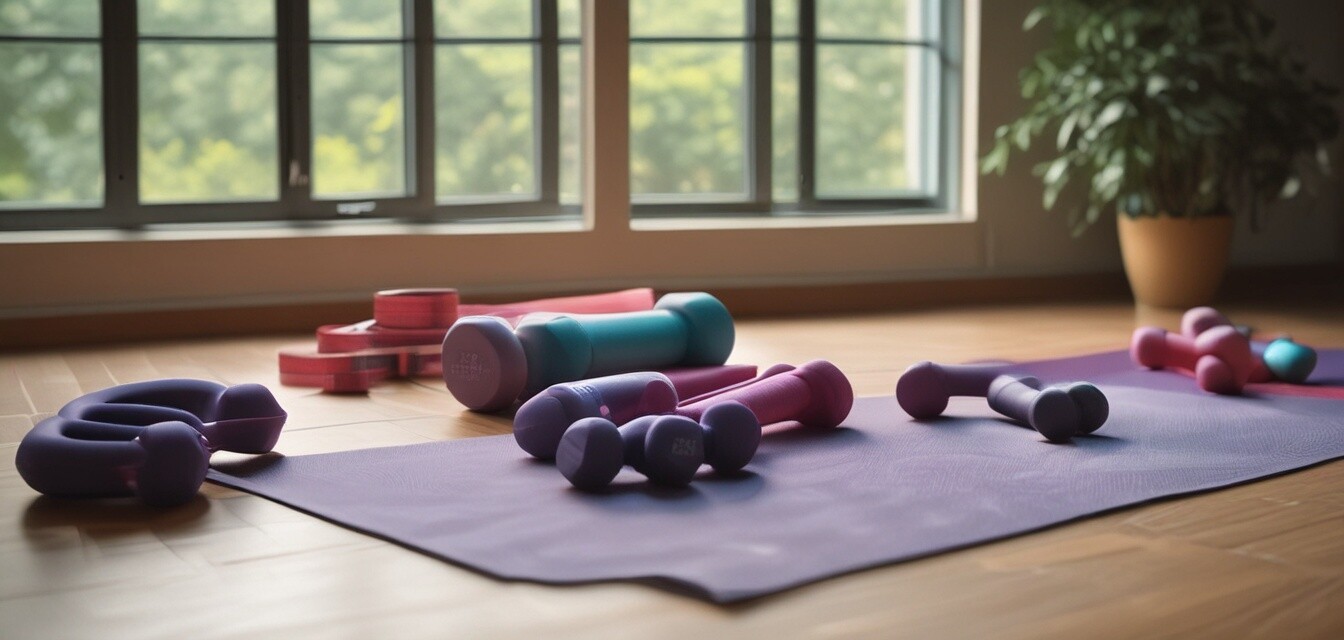
Balancing Exercise with Rest: Tips for Seniors
Key Takeaways
- Rest is crucial for recovery and prevents fatigue.
- Listening to your body can enhance your training routine.
- A structured approach to both exercise and rest can yield better results.
- Incorporate warm-up and cool-down routines to ensure safety.
- Engage in low-impact activities for balanced fitness.
In the journey of fitness, especially for seniors, knowing how to balance exercise with rest is vital. As we age, our bodies require more time to recover, making an effective balance between activity and rest essential for maintaining health and well-being. This article will dive into the importance of rest periods, recognizing your body's signals, and incorporating effective routines that help you maintain an active lifestyle while ensuring safety.
The importance of rest in fitness routines
Strength training is a wonderful way to improve physical fitness, but it can also lead to fatigue if balanced incorrectly with rest. Here are some key reasons why incorporating rest is essential:
- Prevention of overtraining: Overworking muscles can lead to stress, fatigue, and injury.
- Enhancing muscle recovery: Rest days allow muscles to repair and grow stronger.
- Mental rejuvenation: Continuous exercise can lead to burnout; rest helps refresh your motivation.
Recognizing your body’s signals
As seniors, it’s vital to stay attuned to what your body is telling you. Pay attention to the following signs:
- Increased fatigue that persists for several days.
- Joint pain or soreness that doesn't improve.
- Loss of motivation or enjoyment in your routine.
- Difficulty completing workouts that were once manageable.
When you notice these signs, consider adjusting your exercise intensity or allowing yourself more rest time.
Creating a balanced routine
Here’s a simple structure for integrating exercise and rest into your weekly schedule:
| Day | Activity | Rest/Recovery |
|---|---|---|
| Monday | Strength Training | Light stretching |
| Tuesday | Yoga or Balance Work | Rest day or leisurely walk |
| Wednesday | Cardio (walking/swimming) | Rest and hydration |
| Thursday | Strength Training | Relaxation exercises |
| Friday | Rest Day | Mindfulness or meditation |
| Saturday | Light activity (gardening/walking) | Rest day |
| Sunday | Social activity (dance class) | Preparation for the week |
Warm-up and cool-down routines
Incorporating warm-up and cool-down routines into your fitness regimen can greatly contribute to your safety and readiness for exercise. Here are some quick routines:
Warm-up exercises
- Gentle neck rotations
- Arm circles
- Leg swings
- Light walking
Cool-down exercises
- Deep breathing exercises
- Gentle stretching
- Foam rolling
- Hydrate and rest
Safety considerations while exercising
To further ensure safety during workouts, consider the following:
- Choose appropriate equipment that fits your needs: For example, dumbbells that provide a secure grip.
- Maintain a clean workout environment to prevent slips and falls.
- Stay hydrated before, during, and after exercising.
- Consult with a healthcare professional before starting any new exercise regime.
Conclusion
Balancing exercise with rest is not only key to a healthy lifestyle but also essential for seniors aiming to stay fit and active. By listening to your body, creating a structured routine, and ensuring proper warm-up and cool-down, seniors can enhance their fitness experience while minimizing the risk of fatigue and injury. For more tips on exercising safely, check out our Safety Tips category.
Pros
- Maintains physical health and mobility.
- Increases energy levels and mood.
- Enhances social connections through group activities.
Cons
- Potential risk of injury if not done correctly.
- Need for additional recovery time for older adults.